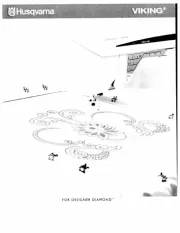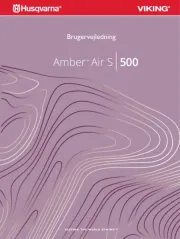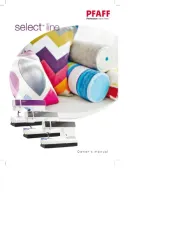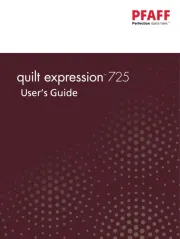Juki HZL-UX8 Manual
Læs gratis den danske manual til Juki HZL-UX8 (132 sider) i kategorien Symaskine. Denne vejledning er vurderet som hjælpsom af 10 personer og har en gennemsnitlig bedømmelse på 4.4 stjerner ud af 5.5 anmeldelser.
Har du et spørgsmål om Juki HZL-UX8, eller vil du spørge andre brugere om produktet?

Produkt Specifikationer
| Mærke: | Juki |
| Kategori: | Symaskine |
| Model: | HZL-UX8 |
Har du brug for hjælp?
Hvis du har brug for hjælp til Juki HZL-UX8 stil et spørgsmål nedenfor, og andre brugere vil svare dig
Symaskine Juki Manualer
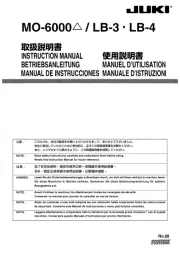
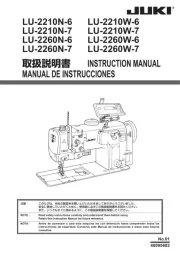
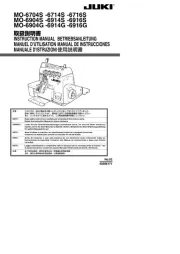
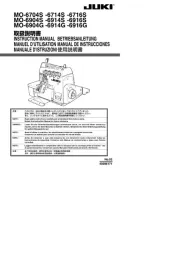
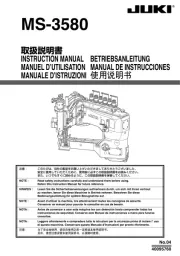
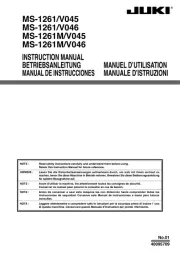
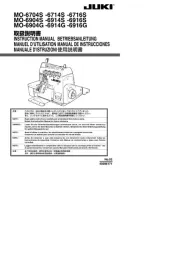
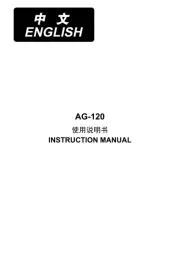
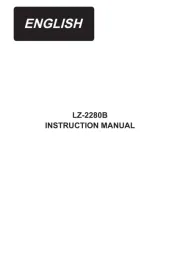
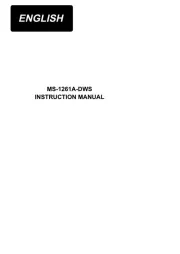
Symaskine Manualer
- Alfa
- Bernina
- Lifetec
- Victoria
- Vendomatic
- Primera
- Jata
- Bernette
- Hema
- Prince
- Durabase
- Sinbo
- Livoo
- Łucznik
- Ikea
Nyeste Symaskine Manualer

